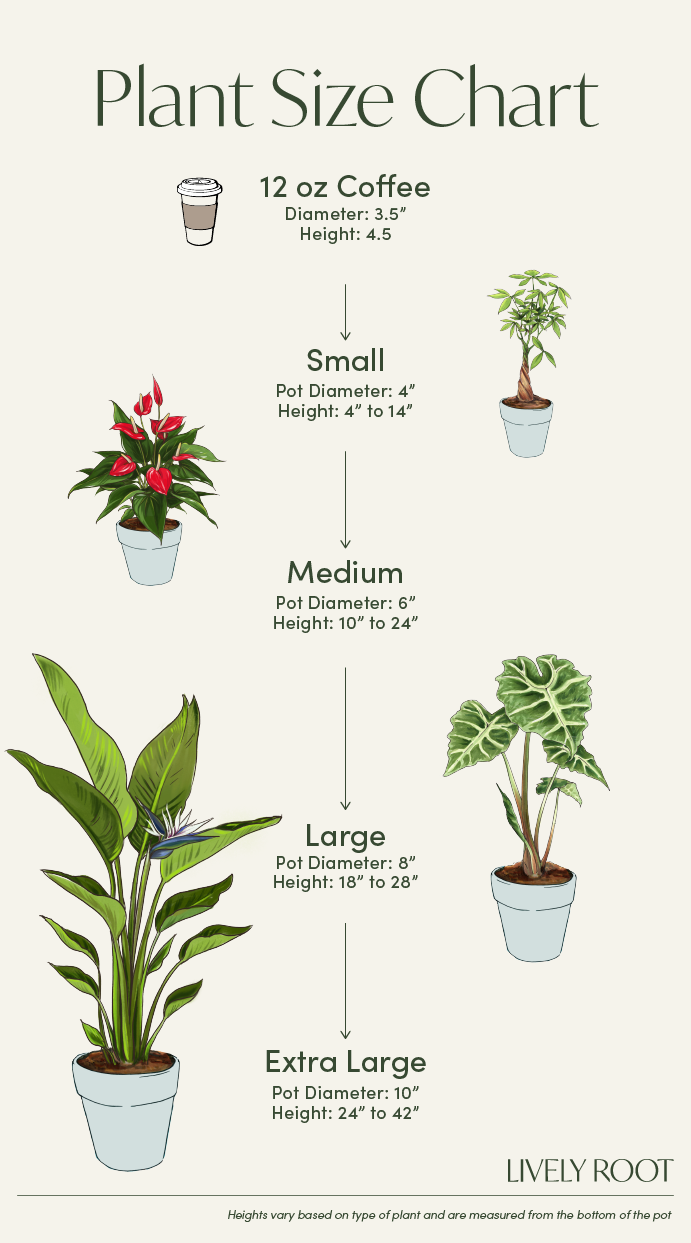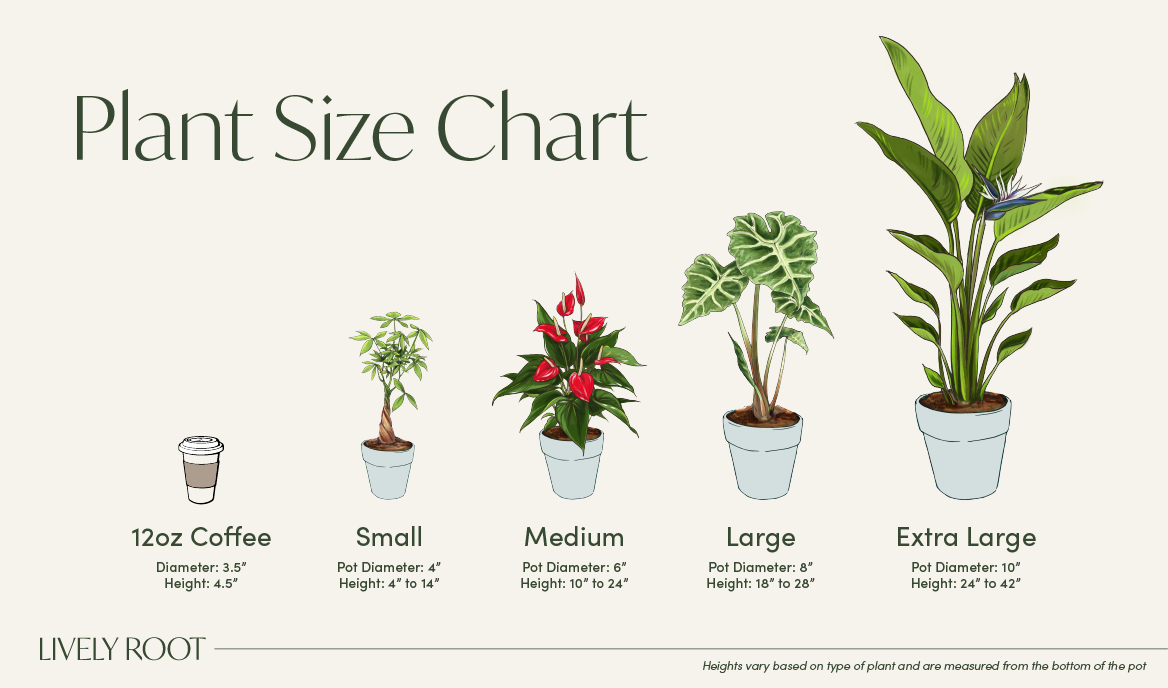

Epipremnum Species Care Guide

This plant enjoys bright indirect light near an eastern, southern or western window.
Keep the soil slightly moist and water when the soil reaches a #5 on the moisture meter. Use filtered, bottled, or tap water sitting 24 hours to release the chemicals and water enough to discharge out of the drainage holes. Once the water is fully drained, replace it into the cache or decorative pot. Don't let the roots sit in standing water. During winter months, water less frequently but keep it humid around the plant.
Prefers medium humidity. Add a pebble tray or humidifier around it to keep the leaf edges from curling or getting dried out.
This plant will mature best in areas of shade if taken outside or in normal temps indoors.
This plant will not tolerate frost or temperatures below 65°F if left outside.
Fertilize monthly during its growing period. Use a high nitrogen liquid fertilizer at half strength to increase foliage health. Reduce during the fall and winter months while the plant is in its dormant phase. Flush the soil periodically to eliminate salts from fertilizing.
When receiving the plant, do not repot immediately but wait at least 6-12 months.
Repot in the spring, using a 2"" wider pot. (Too large of a pot could cause the soil to dry slower, which is not helpful.) Use a well-draining indoor potting mix with perlite to help with drainage or an african violet potting mix.
Place a piece of screening at the bottom of the container over the drainage hole to secure the soil and allow it to drain. Add soil to the bottom to elevate the root ball. Lift the plant and release the roots against the existing planter. Use a clean knife or garden trowel to wedge between the pot and the soil to loosen.
Inspect the root ball. Notice if there are any dead or rotting roots and trim off with sterile pruners. If the plant is rootbound, cut through the roots to alleviate continued encircling.
Ensure the plant is sitting about 1"" below the edge of the pot to avoid water spillage. Add more soil and backfill around the sides by tamping down. Fill up to the soil line but not over.
Water thoroughly, leaving the soil damp but not soggy. If settling occurs, add more soil.
Trim off any dead or damaged stems to keep energy moving to the healthy leaves. Shower the leaves using a watering can with filtered or rainwater to remove dust or use our dusting gloves to wipe away dust on the leaves. Remove any debris on the soil and replenish soil if needed.
In early spring, take a cutting, using sharp pruners to remove a stem with 2-3 leaves off the vine. Cut below a node. Remove the lower leaf if it's too close to the waterline or will be submerged. Place in a vase with water to root. Change the water each week with filtered, bottled, or tap water sitting for at least 24 hours. After 4-6 weeks, check to ensure the stem has 10-12 inch well-formed roots. If so, it's time to plant.
*Fill a small container with drainage holes (too large of a container for the cutting will make it challenging to regulate watering needs) using an indoor well-draining potting mix. Mix a little rooting hormone into the soil. Plant the stem and roots and tamp the soil down around it.















